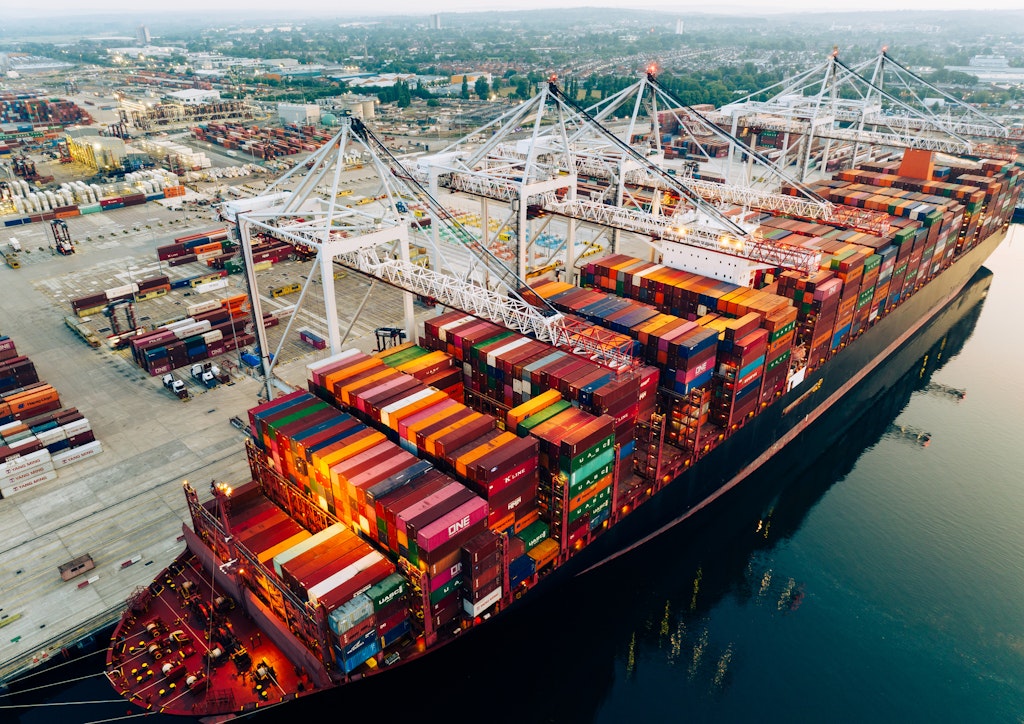Counting Covid costs
We need a broad perspective of Britain’s pandemic failures
The 19th July 2021, the day Covid restrictions were finally lifted in the UK. Few would’ve believed a little over a year earlier, in March 2020, that the entire country would or even could, be locked down in the manner it was nor the consequences that decision would entail. Yet three years on from that momentous day we are living with those consequences. Yet how much of our public discourse really focuses on the fundamentals of the pandemic. Was it right to lockdown as we did? Did we target financial support in the most effective way? And how did our response compare to other countries? The first module of the Covid inquiry was scathing, concluding that the various organs of the state “failed their citizens.”
That is also the conclusion of the latest research from the TaxPayers’ Alliance. To shine a light on one of the largest spending sprees in British history we analysed Covid spending in the UK and compared it to that seen in a range of OECD countries, including: France; Germany; Japan; Norway; Sweden; and the United States. And what does it show? The UK spent over a third of its GDP on coronavirus measures (more than the likes of France and the United States), spent more than all the comparator countries on health sector measures and was one of the least efficient spenders during the pandemic when compared with excess deaths.
When the coronavirus pandemic exploded in March 2020, the British government reacted by scrambling to procure vital equipment and other supplies in an effort to contain the virus. At the same time came support for workers and businesses forced to either work from home or stop operating all together through furlough, business loans and the Eat Out to Help Out schemes to name a few, all at vast expense to taxpayers.
It was of course inevitable that in the immediate response the government couldn’t afford to penny pinch. Once the government decided to shutter the economy, businesses and families needed cash, and needed cash fast. Normal procurement rules had to be circumvented (perhaps begging the question of why they can’t be permanently streamlined). Speed rightly took precedence, at least initially. But this didn’t give them carte blanche to unleash a tidal wave of spending covering every corner of the economy for the best part of 18 months. As Meg Hillier MP, Chair of the Public Accounts Committee, said in 2020 “the government had licence to act fast because it was a pandemic, but we didn’t give them permission to act fast and loose with public money”. Hear hear to that.
Approaches were by no means identical, and as our research shows different approaches led to very different results
It’s important to remember after all that the UK didn’t face this crisis in a silo. Countries across the world grappled with the coronavirus pandemic both in terms of civil liberties and fiscal policy. Approaches were by no means identical, and as our research shows different approaches led to very different results. Compare Sweden’s relatively light-touch approach which had the knock-on effect of limiting their spending as a percentage of GDP to 9.4 per cent, or the USA’s federal loan scheme to businesses, 75 per cent of which had to cover payroll costs, with individual states deciding their own lockdown policies.
In both cases, Sweden (9.4 per cent) and the USA (27.9 per cent) had lower spending as a percentage of GDP than the UK (36 per cent). Sweden also had significantly lower excess deaths per 100,000 of the population (56) compared to the UK (109) and, while the US performed poorly on excess deaths as a whole (140), its economy has recovered at breakneck speed, despite facing harsher economic headwinds in the short-term. Clearly there were alternatives to the British response.
And it’s clear to see that the UK economy still faces the reverberations from the seismic decisions made by the government, as it left the country with a huge economic black hole with public spending (44.8 per cent v 39.6 per cent) and debt (98.5 per cent v 85.2 per cent) still substantially higher than before the pandemic as a percentage of GDP. In that sense, Labour are right to point out the inheritance they’ve received from the previous government. What they fail to remember is that they supported much of the approach that took place, and in some cases wanted to go faster and harder, so they cannot detach themselves from the consequences of what happened.
These factors, alongside a range of others, should be key pillars of a rigorous investigation into the government’s actions and decision making during the pandemic. From restrictions to liberties, economic harm, the impact on public finances that lockdowns entailed and the efficacy at saving lives, these are topics that should be drilled into by the Covid Inquiry. And at a potential cost of £196 million it has an obligation to taxpayers to produce answers on whether the UK’s approach was right and effective. While the first report published yesterday amounted to an impressive 240-pages, the hearings were far too focused on mud-slinging, blame-ducking and No.10 gossip.
The problem isn’t just what the inquiry has focused on, it’s also what it’s failed to focus on. There is a healthy interest in socio-economic issues but not on the core issue of how much was spent and how much was spent wisely. There are also barely any international comparisons, limiting its ability to seriously and realistically consider what could have been done differently. Our research fills that gap, and at a much lower cost than the Covid inquiry.
Enjoying The Critic online? It's even better in print
Try five issues of Britain’s most civilised magazine for £10
Subscribe














